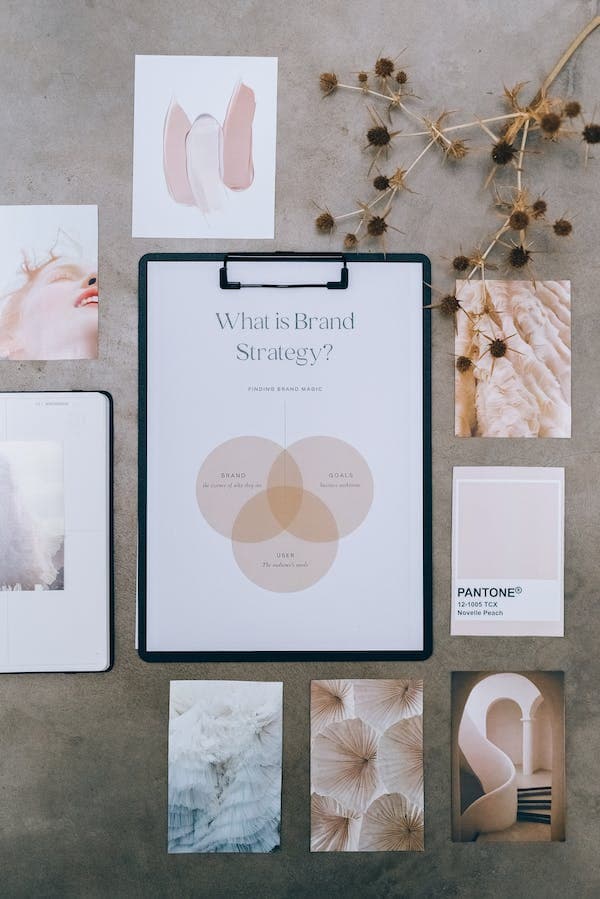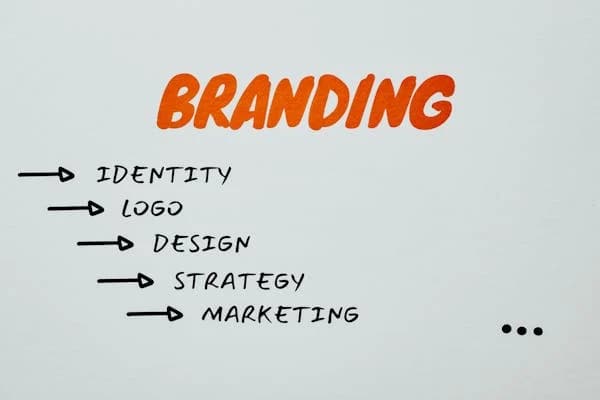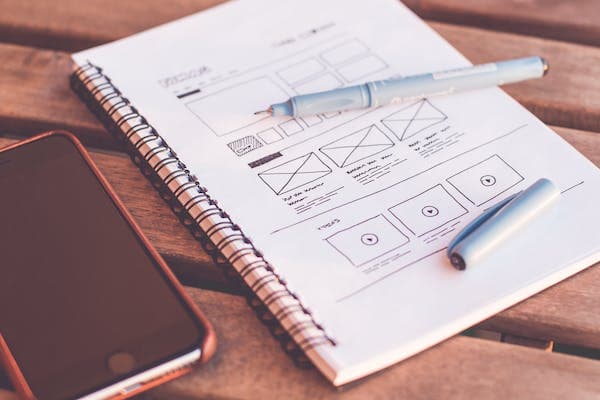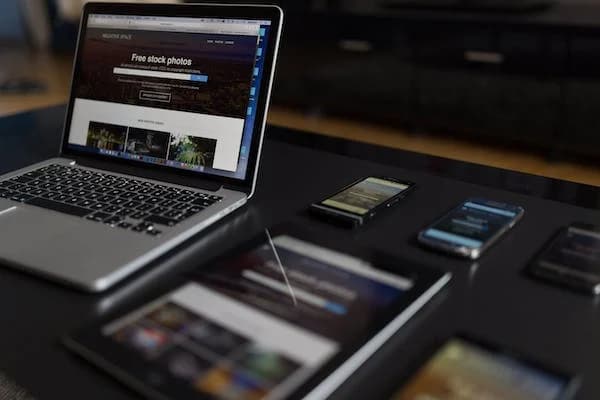
How website design can reflect a startup's brand identity and values?
Introduction:
In the fast-paced digital world, a startup's website is often the first point of contact between the brand and its audience. Beyond mere aesthetics, website design plays a crucial role in communicating a startup's brand identity and values. Let's delve into how strategic web design choices can shape perceptions and establish a strong brand presence for startups.
Statistical Overview:
In today's digital age, having a website is crucial for small businesses, with 71% already having one. Consumers place significant importance on website design, with 50% linking it to a company's brand. Visual elements like photos are key for 40% of site visitors, while 38% prioritize layout and navigation. A website's design significantly impacts brand credibility, with 75% relying on it. Impressions form rapidly, with users deciding in under 50 milliseconds. Website design costs vary but are primarily driven by features and functionality. Surprisingly, 70% of small business websites lack clear calls to action. Overcrowded designs are a common mistake, as identified by 84.6% of designers. Despite a slight decrease, the web design industry is valued at $11 billion in the U.S. Users spend 45 to 54 seconds per visit on average, with first impressions influencing brand perception for 38.5% of visitors. Good user experience can lead to a 90% retention rate, while slow loading times are the main reason for website abandonment. Investing in UX design yields a significant ROI of 9,900%, with a 75% increase in sales for companies prioritizing UX. Overall, 31% of visitors prioritize engaging user experiences.
1. Understanding the Significance of Startup Website Design:
Startup website design goes beyond creating a visually appealing layout. It serves as a digital storefront, reflecting the essence of the brand and shaping user experiences. Every element, from color palette to typography, contributes to conveying brand identity and values.

2. Brand Identity Web Design:
"Brand Identity Web Design" refers to the practice of incorporating a startup's brand identity seamlessly into its website design. This means ensuring that all visual and messaging elements on the website reflect the brand's unique personality, values, and attributes.

Consistency is key in this approach. It involves maintaining uniformity across various branding elements such as logos, color schemes, typography, and messaging throughout the website. When visitors encounter consistent branding elements across different website pages, they can easily recognize and recall the brand. This repetition reinforces brand recognition and familiarity, which are essential for building trust and credibility.

For example
if a startup's logo features specific colors and fonts, these should be consistently used across the website. Similarly, the messaging tone should align with the brand's voice and values to create a cohesive brand experience for visitors.
Steps Needed for Brand Identity | Benefits of Branding |
|---|---|
Logo Design | Identity |
Advertising | Growth |
Strategy | Sales |
Design | Customers |
Value | Awareness |
Trust | Success |
Marketing | Popularity |
By integrating brand identity elements consistently into web design, startups can enhance brand recognition, establish a strong brand presence online, and foster trust and loyalty among website visitors. This helps the startup stand out in a crowded market and build lasting relationships with its audience.
3. Creative Web Design for Startups:
Creativity is key in setting a startup apart from the competition. Innovative web design features and interactive elements can captivate audiences, leaving a lasting impression and reinforcing brand values.

4. Reflecting Brand Values in Web Design:
Website design should align with a startup's core values and mission. Whether it's through storytelling, imagery, or user interface, the website should reflect the brand's commitment to its principles and beliefs.

5. Web Design for Brand Consistency:
Consistency across all digital platforms is essential for brand coherence. A cohesive design language applied consistently across the website and other online assets reinforce brand identity and fosters brand recall.
6. Website Design Reflecting Startup Culture:
The website should mirror the unique culture and personality of the startup. Whether it's a laid-back vibe or a dynamic work environment, the design should resonate with the target audience and evoke the desired emotional response.
7. Startup Website Branding Strategy:
A well-defined branding strategy guides website design decisions. From the choice of visuals to the tone of voice, every aspect should align with the overarching brand strategy and business goals.

8. Startup Website UX/UI Design:
User experience (UX) and user interface (UI) design are integral to a website's success. Intuitive navigation, seamless interactions, and optimized usability enhance user satisfaction and contribute to positive brand perception.

9. Startup Website Design Inspiration:
Drawing inspiration from industry trends and successful case studies can fuel creativity in website design. However, it's essential to tailor inspiration to suit the unique brand identity and values.
10. Website Design for Brand Authenticity:
Authenticity breeds trust and loyalty among consumers. A transparent and genuine portrayal of the brand through website design fosters authentic connections with the audience, driving long-term brand advocacy.

Steps, Principles, and Considerations:
Here are some steps, principles, and considerations for how website design can effectively reflect a startup's brand identity and values:
Understand the Brand Identity:
Start by gaining a deep understanding of the startup's brand identity, including its mission, values, target audience, and unique selling propositions.
Define Brand Guidelines:
Establish clear brand guidelines that outline key elements such as colors, typography, imagery style, and tone of voice. These guidelines will serve as the foundation for the website design.
Conduct Market Research:
Research competitors and industry trends to identify opportunities for differentiation and areas where the startup's brand can stand out.

Tailor Visual Elements:
Choose visual elements such as colors, fonts, and imagery that align with the startup's brand identity and evoke the desired emotional response from visitors.
Focus on User Experience (UX):
Prioritize user experience by ensuring that the website is easy to navigate, loads quickly, and provides valuable content that meets the needs of the target audience.
Showcase Brand Personality:
Infuse the website design with elements that reflect the startup's personality and culture, whether it's through playful illustrations, professional photography, or engaging copywriting.
Consistency is Key:
Maintain consistency in branding elements throughout the website, including the logo, color palette, typography, and messaging, to reinforce brand recognition and credibility.
Tell a Compelling Story:
Use storytelling techniques to communicate the startup's journey, values, and impact in a way that resonates with visitors and fosters emotional connections.
Optimize for Mobile Devices:
Ensure that the website design is responsive and optimized for mobile devices, as an increasing number of users access the internet through smartphones and tablets.

Test and Iterate:
Continuously test different elements of the website design, gather feedback from users, and iterate based on insights to improve the effectiveness of reflecting the startup's brand identity and values.
By following these steps, principles, and considerations, a startup can create a website design that effectively reflects its brand identity and values, ultimately strengthening its connection with customers and driving business growth.
Conclusion:
In the digital landscape, a startup's website is more than just an online presence it's a reflection of its brand identity and values. By investing in strategic website design that aligns with its core principles, a startup can carve out a distinct niche, forge meaningful connections with its audience, and pave the way for sustainable growth and success.
FAQs:
Q1: How does website design contribute to reflecting a startup's brand identity?
A1: Website design serves as the visual representation of a startup's brand identity. Through careful selection of colors, typography, imagery, and overall layout, the design can convey the essence of the brand, its values, personality, and unique selling propositions to visitors.
Q2: What role does consistency play in reflecting a startup's brand values through website design?
A2: Consistency is crucial in reinforcing brand values through website design. By maintaining uniformity in branding elements such as logos, color schemes, and messaging across all web pages, a startup can create a cohesive brand identity that resonates with its audience and builds trust and credibility.
Q3: How can website design be tailored to reflect the specific culture of a startup?
A3: Website design can be customized to reflect the culture of a startup by incorporating elements that embody its values, mission, and work environment. This can include using imagery showcasing team members, incorporating testimonials or quotes that reflect the company's ethos, and adopting a tone of voice that aligns with the brand's personality and culture.